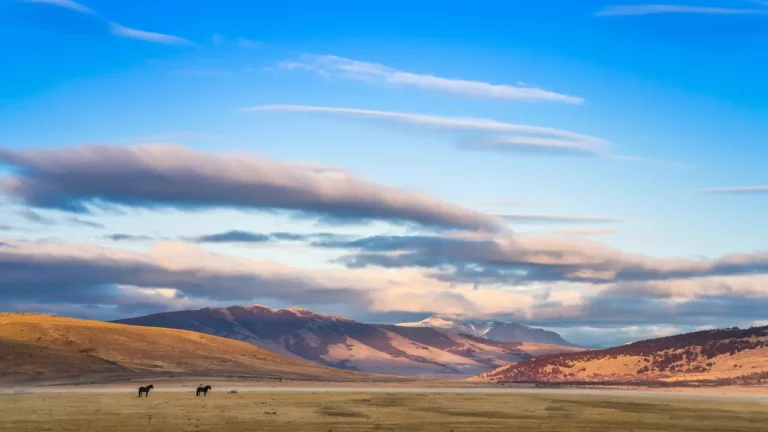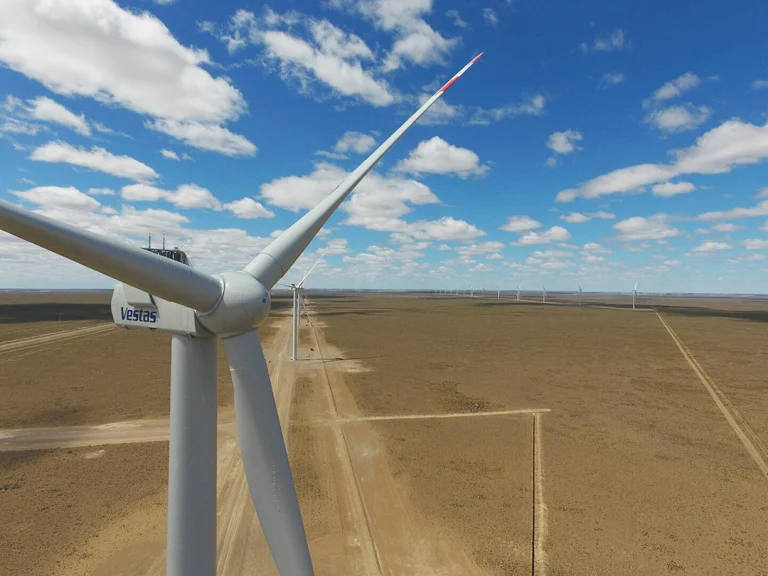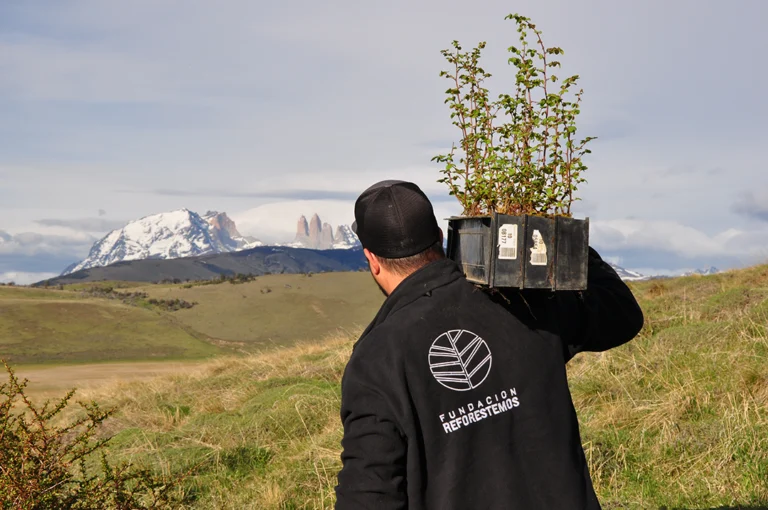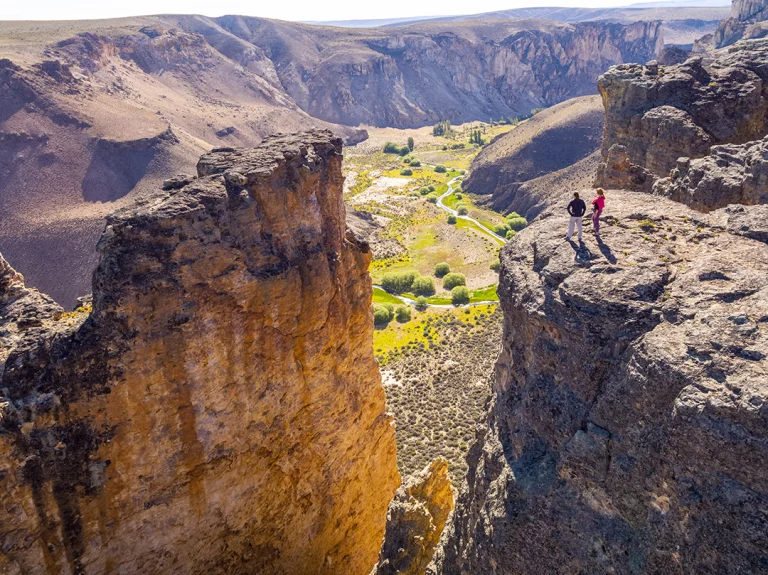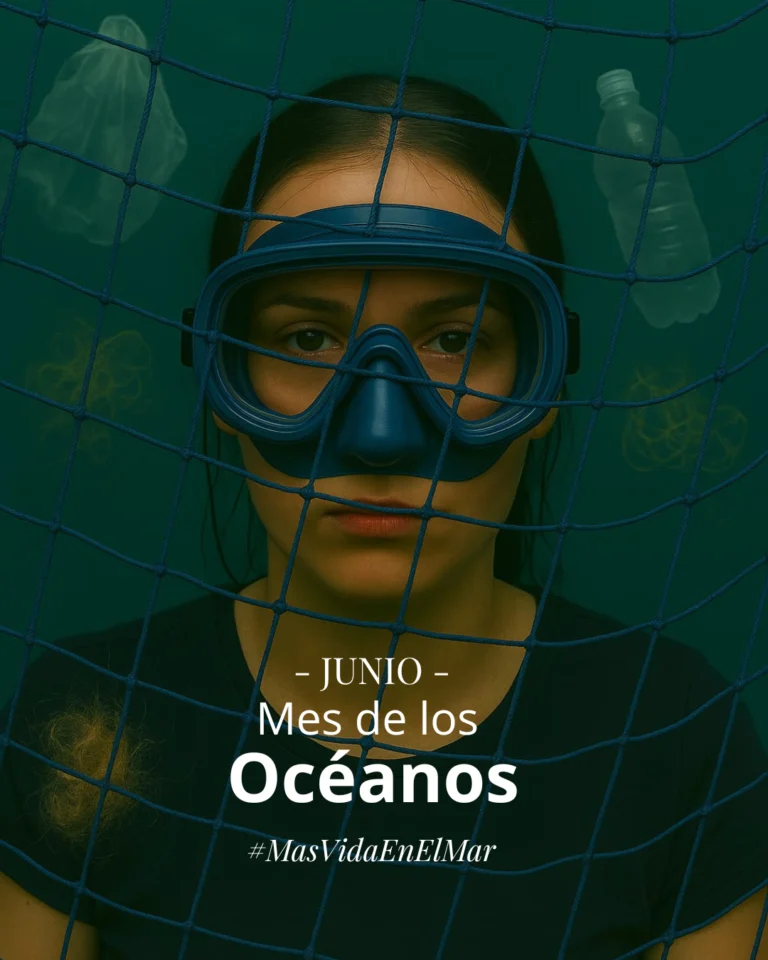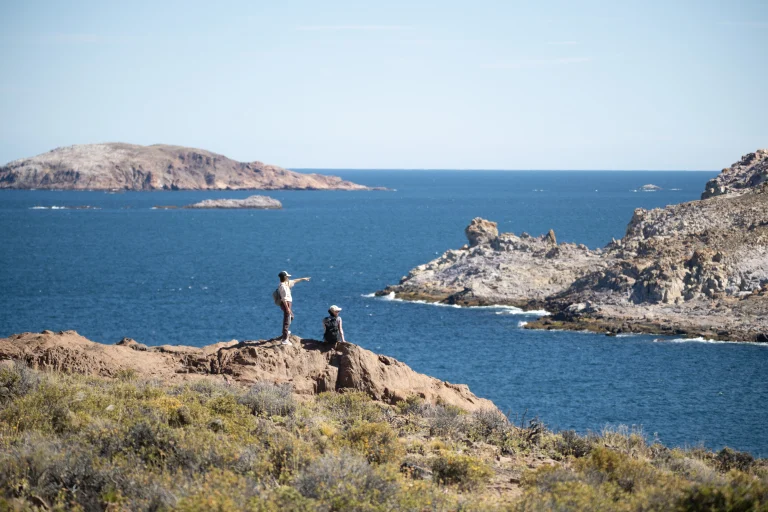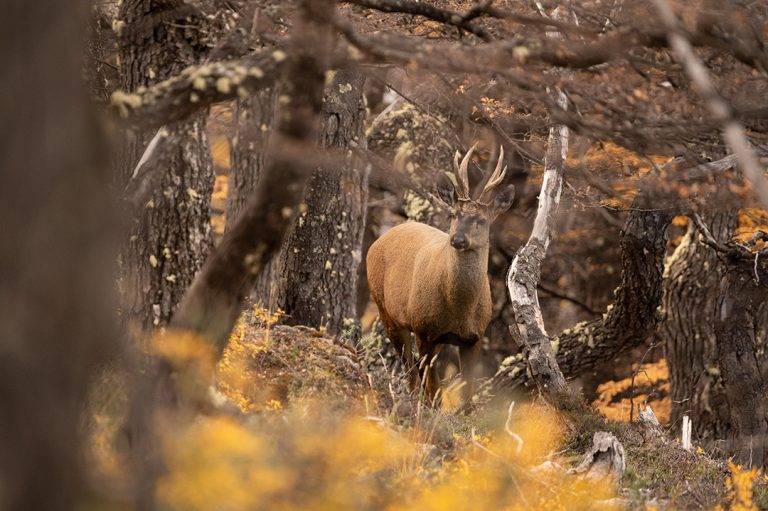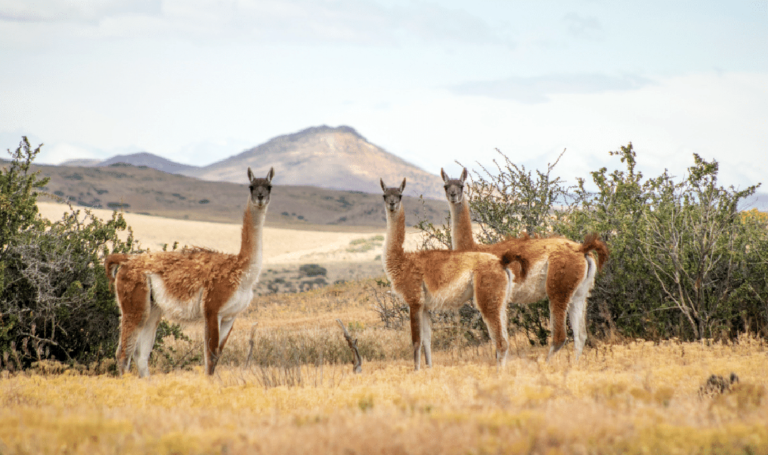A binational translocation enables the return of the Choique in an initiative led by Rewilding Argentina and Tompkins Conservation Chile and marks a milestone in the conservation of native species and the restoration of ecosystems in the southernmost part of the continent
Patagonia is beating strongly once again. In an unprecedented event, Argentina and Chile have joined forces to return one of its most emblematic inhabitants to the steppe: the choique or lesser rhea (Rhea pennata). For decades, the choique fell victim to hunting, habitat fragmentation, and human pressure. In many areas, its presence had dwindled to memories and stories told by the region’s elders. However, hope was rekindled with this project, which, for the first time, crosses borders to save a keystone species for the balance of the steppe.
The region, with its vast steppes, majestic mountains, and crystal-clear lakes, is one of the most unique and fragile areas on the planet. Its biodiversity consists of species adapted to extreme conditions, many of which are found nowhere else in the world. However, this ecosystem faces growing threats due to human activity, climate change, and habitat fragmentation.
Among the most emblematic species of Patagonia is the choique, a flightless bird that has silently witnessed the region’s natural and cultural history. Despite its ecological importance, the choique has suffered a drastic population decline, primarily due to indiscriminate hunting and habitat loss. This situation not only affects the species but also disrupts the balance of the ecosystems it inhabits.
A journey of hope: from Argentina’s Patagonia Park to Chile
In the autumn of 2024, a group of choiques was carefully captured in Argentina’s Patagonia Park, a protected area that has become a refuge for Patagonian biodiversity. The operation, carried out using techniques that minimize stress on the animals, included thorough veterinary checkups and an adaptation period to ensure the well-being of each individual.
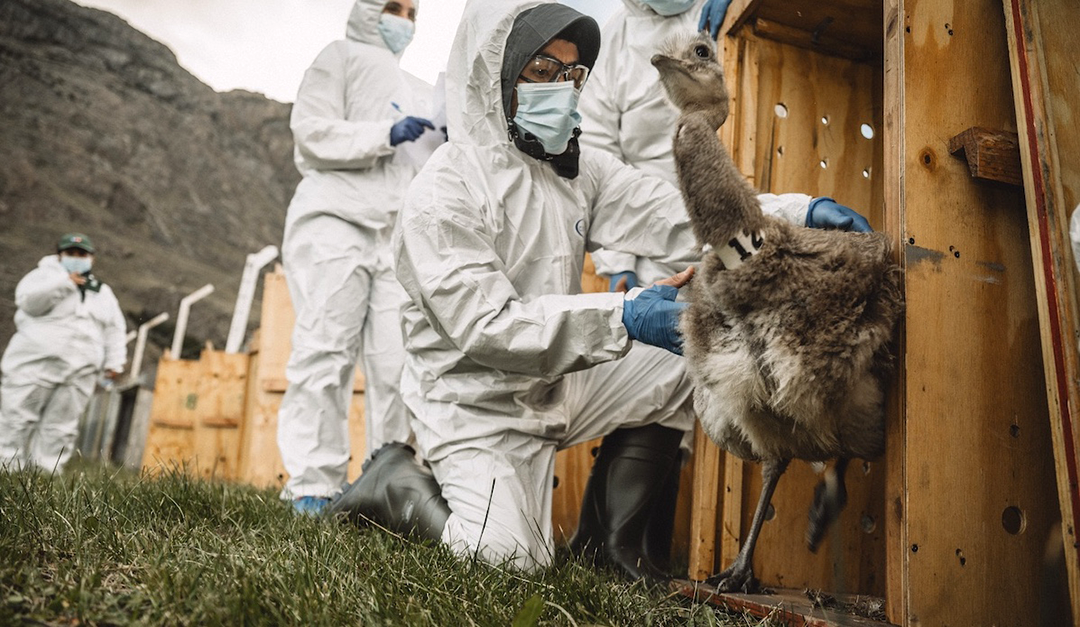
The binational translocation of the choique emerges as an innovative and necessary response to these challenges. By uniting efforts between Argentina and Chile, this project not only seeks to recover a species but also to strengthen ecological connectivity between the two countries, promoting biological corridors that facilitate the movement and reproduction of native wildlife.
Additionally, this initiative represents a model of collaborative conservation that integrates advanced science, technology, and ancestral knowledge. The active participation of local communities is crucial, as their knowledge and commitment ensure the project’s long-term sustainability.
In a global context where biodiversity loss is advancing at an alarming rate, the story of the Patagonian choique is a beacon of hope. It demonstrates that with political will, international cooperation, and a passion for nature, it is possible to reverse negative trends and build a future where wildlife and people coexist in harmony.
The ecological and cultural importance of the choique
The journey of the choiques not only involved traveling hundreds of kilometers through breathtaking landscapes but also crossing the border into Chile, where they were welcomed by conservation teams and local communities. There, in Chile’s Patagonia Park, the choiques were released into carefully selected environments to maximize their chances of adaptation and reproduction.
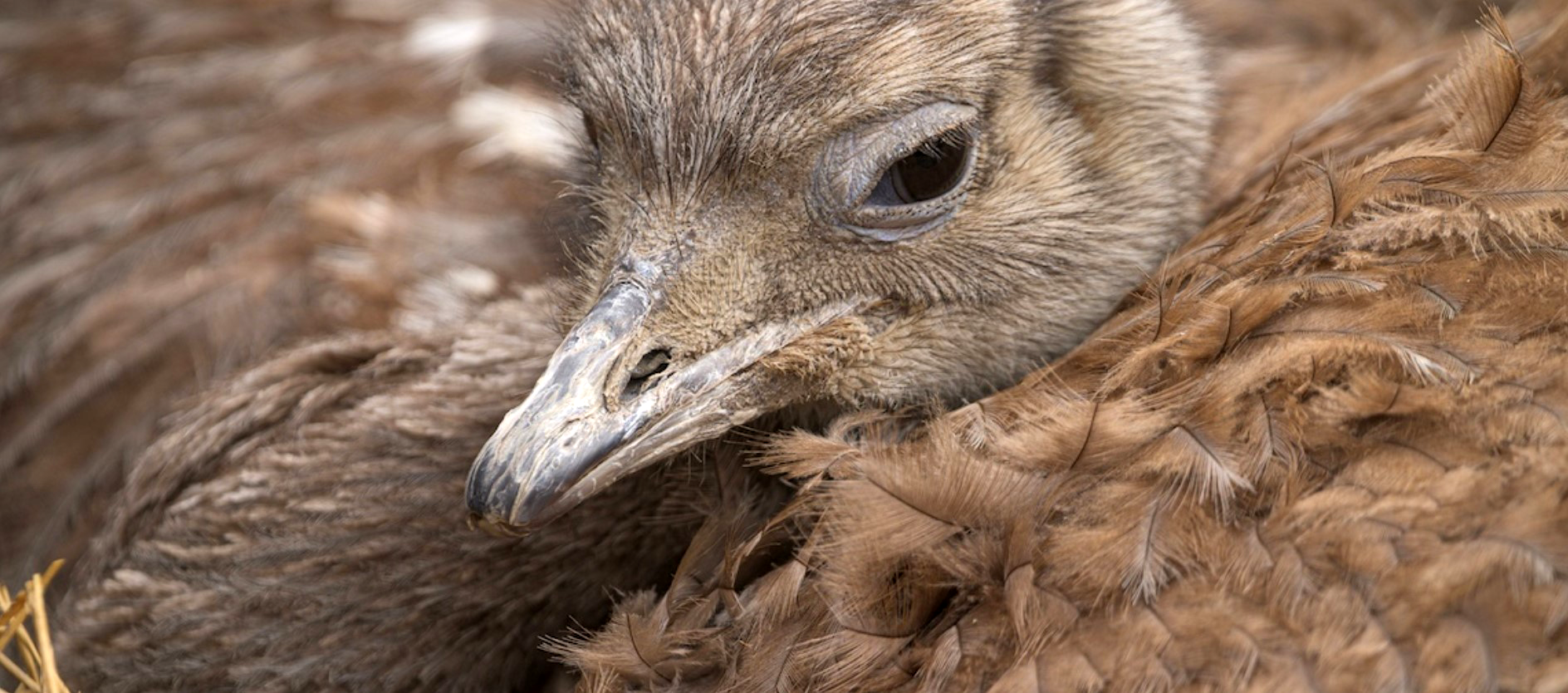
The choique is not just a bird: it is a symbol of Patagonia and a key player in the health of its ecosystems. As a seed disperser, it contributes to the regeneration of grasslands and the diversity of native plants. Moreover, its figure is deeply rooted in Mapuche and Tehuelche culture, where it is considered a messenger of the land and a symbol of resilience.
The recovery of the choique has a direct impact on the restoration of Patagonia’s food chain. Its return benefits other species, such as the puma and the fox, and strengthens the region’s natural balance. According to recent data, similar projects have shown that the reintroduction of keystone species can increase local biodiversity by up to 30% in less than a decade.
Science, cooperation, and community commitment
This binational project would not be possible without collaboration between scientists, park rangers, veterinarians, and the communities that inhabit Patagonia. Through workshops, training, and participatory monitoring activities, local residents have become guardians and allies of the choiques. Additionally, the use of satellite technology allows tracking the birds’ movements and evaluating the translocation’s success in real time.
The initiative has also sparked interest among tourists and birdwatchers worldwide, boosting nature tourism and creating new opportunities for regional economies. Today, over 20 tourism ventures offer choique sighting experiences, promoting conservation and sustainable development.
United for conservation
The translocated choiques come from a well-conserved population in Argentina’s Patagonia Park, where the species is recovering thanks to conservation efforts by Rewilding Argentina with support from the Freyja Foundation. “We selected individuals from a well-conserved population to minimize impact on the original group and thus contribute to restoring the species in Chile,” explains Sebastián Di Martino, Conservation Director of Rewilding Argentina. Through GPS and telemetry technology, knowledge about their habits and spatial ecology is expanding in Argentina’s Patagonia Park.
“Until now, there were no protocols for recovering species through cross-border collaboration between countries. This milestone demonstrates that, out of necessity, our institutional systems can evolve and respond more dynamically to the biodiversity crisis.”
Cristian Saucedo, Conservation Director of Rewilding Chile
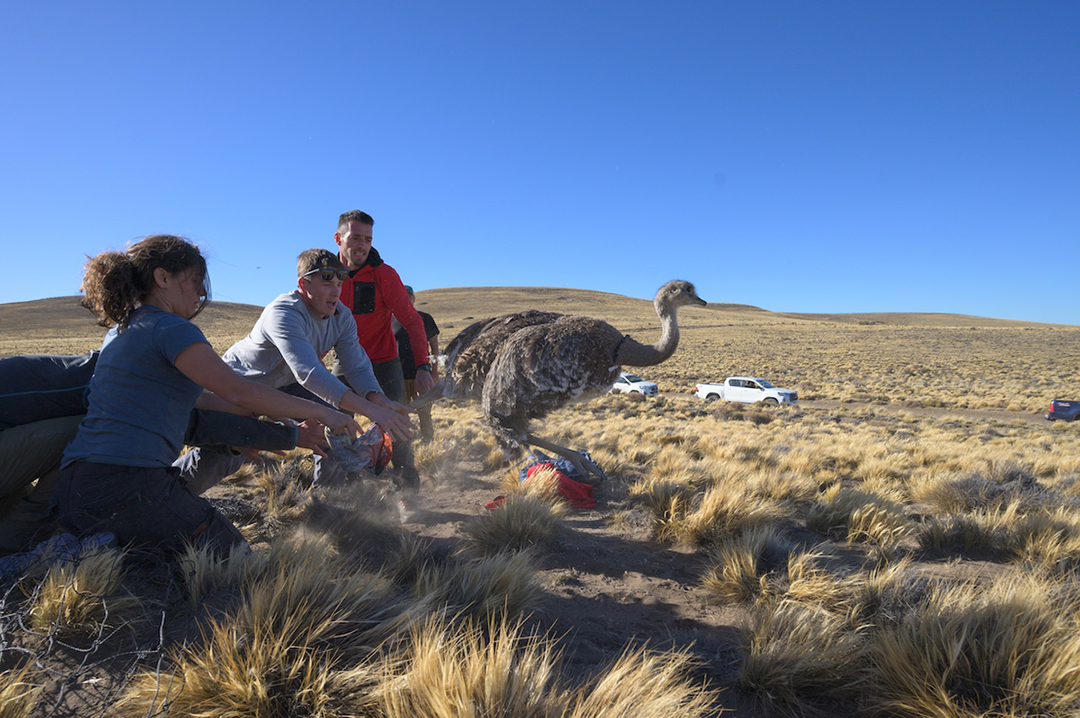
This joint effort has been made possible thanks to the collaboration of the Government of Santa Cruz Province, Chile’s Ministry of Agriculture, Chile’s National Forest Corporation (CONAF), the Agricultural and Livestock Service (SAG), SENASA, Customs Service, the Regional Ministerial Secretariat of Transport of Aysén, and the foundations Rewilding Argentina, Freyja, and Rewilding Chile.
A pioneering action for conservation in Latin America
Conservation translocations have become a key tool for restoring endangered species worldwide. In Latin America, this approach is just beginning to be implemented. This first case of international wildlife translocation in the region sets a precedent and reinforces the need for greater cooperation between countries to address the biodiversity crisis.
“Today we reached a historic milestone for rewilding. If we want to reverse the mass extinction crisis, international cooperation is essential. I am very proud of the work of our legacy organizations and hope this action expands our hopes for nature restoration, because nature knows no borders.”
Kristine Tompkins, President of Tompkins Conservation
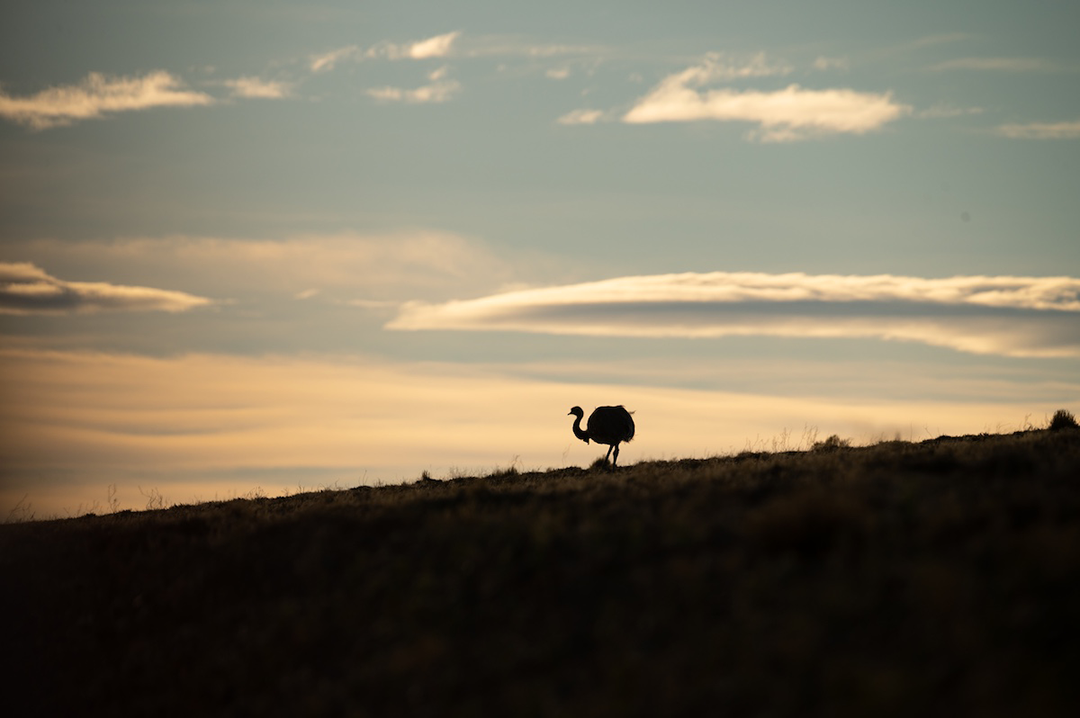
Photos by Franco Bucci
A future for Patagonia: inspiration and a call to action
The return of the choique is much more than a conservation story: it is an invitation to dream of a Patagonia where wildlife reclaims its place and communities find new ways to coexist with nature. Every step these choiques take in their new home is a testament to what is possible when cooperation, science, and a passion for life come together.
In a world where borders often divide, this project shows that nature recognizes no boundaries and that hope can cross any mountain range. The rebirth of the choique is the rebirth of Patagonia itself.

